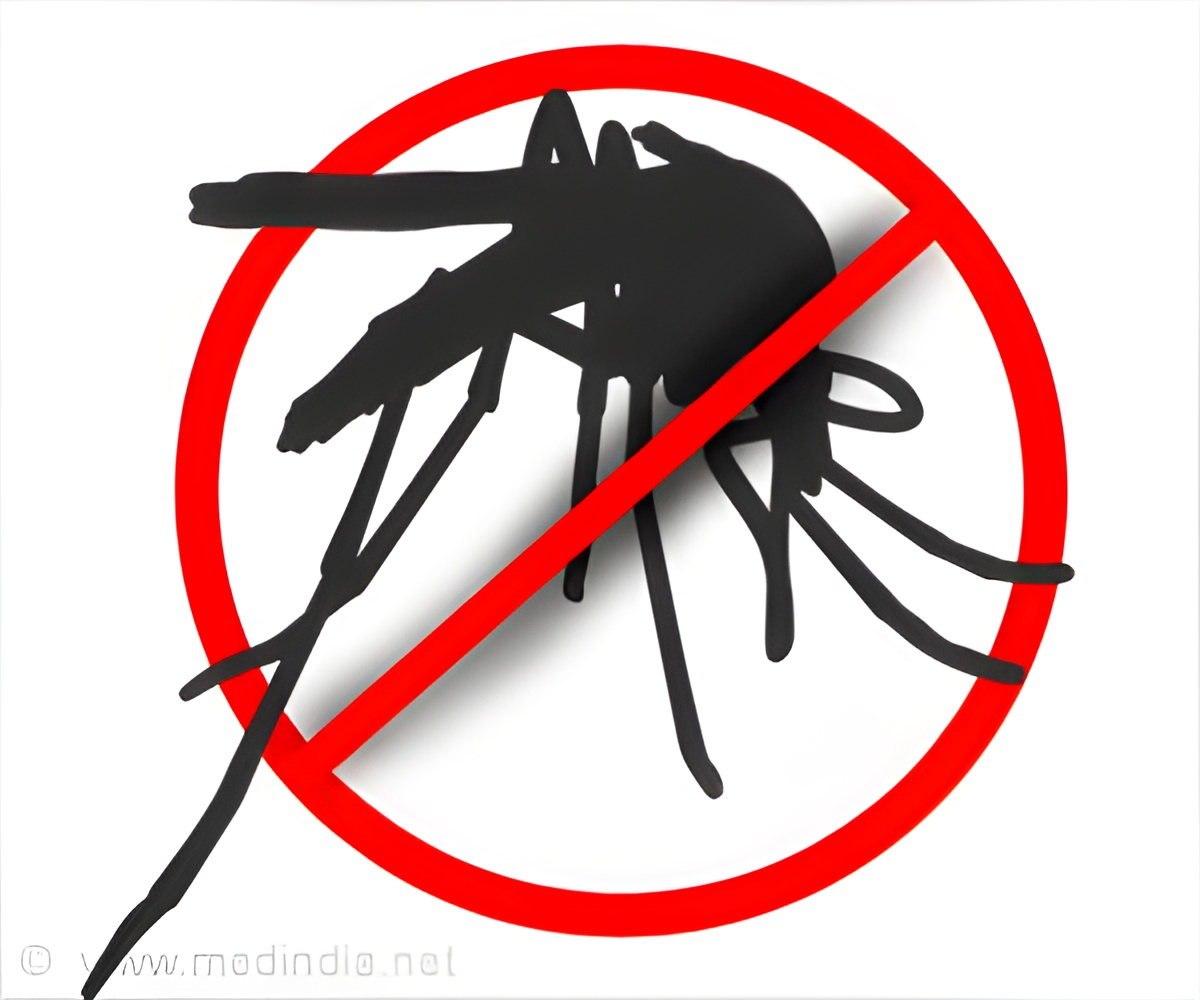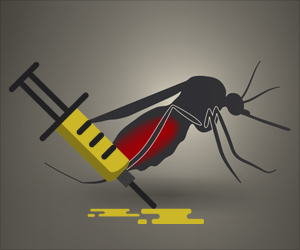
‘Harmless infrared light, when flashed on a person’s skin, may help detect malaria in a few seconds, thereby helping to control the spread of the disease.’





Advertisement
Using Light to Detect Malaria
International team leader, Dr. Maggy Lord from UQ’s School of Biological Sciences, said the technology would revolutionize how malaria is fought globally.“Currently, it’s incredibly challenging to test large groups of people, such as the population of a village or town – you have to take blood from everyone and mix it with a reagent to get a result,” Dr. Lord said.
“But with this tool, we can find out very quickly whether a whole village or town is suffering from or carrying malaria.”
“The technique is chemical-free, needle-free, and detects malaria through the skin using infrared light – it’s literally just a flash on a person’s skin and it’s done.”
“The device is smartphone operated, so results are acquired in real-time.”
Advertisement
Challenges in Eliminating Malaria
The researchers believe that this technology is the first step to eliminating malaria.“According to the World Health Organization malaria report, in 2020 there were an estimated 241 million cases worldwide, and more than 600,000 died from malaria,” Dr. Lord said.
“Most of the cases are in sub-Saharan Africa, where 90 percent of deaths are children under five years old.”
“The biggest challenge in eliminating the disease is the presence of asymptomatic people in a population who act as a reservoir for transmission by mosquitos.”
“The World Health Organization has proposed large-scale surveillance in endemic areas, and this non-invasive, affordable, and rapid tool offers a way to achieve that.”
Advertisement
Non-invasive Detection
“We’ve successfully used this technology on mosquitoes to non-invasively detect infections such as malaria, Zika, and dengue,” Dr. Lord said.“In our post-COVID world, it could be used to better tackle diseases as people move around the globe.”
“We hope the tool could be used at ports of entry to screen travelers, minimizing the re-introduction of diseases and reducing global outbreaks.”
“It’s still early days, but this proof-of-concept is exciting.”
Source-Eurekalert












